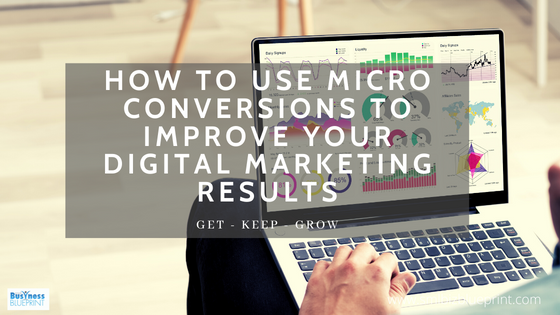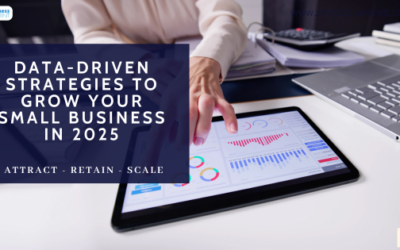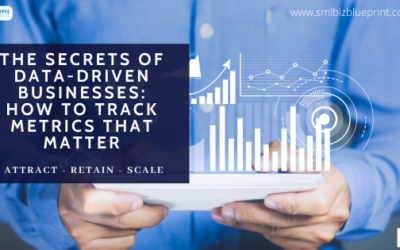Every website should be built with business objectives in mind.
This may include providing information, creating leads for your company, or selling products.
But the ultimate objective is to make sales or revenue.
Tracking and analysing your conversions is a way to measure how your business is performing but as important as highlighting areas that need improving.
To do this though you need to understand the macro and micro conversions on your site.
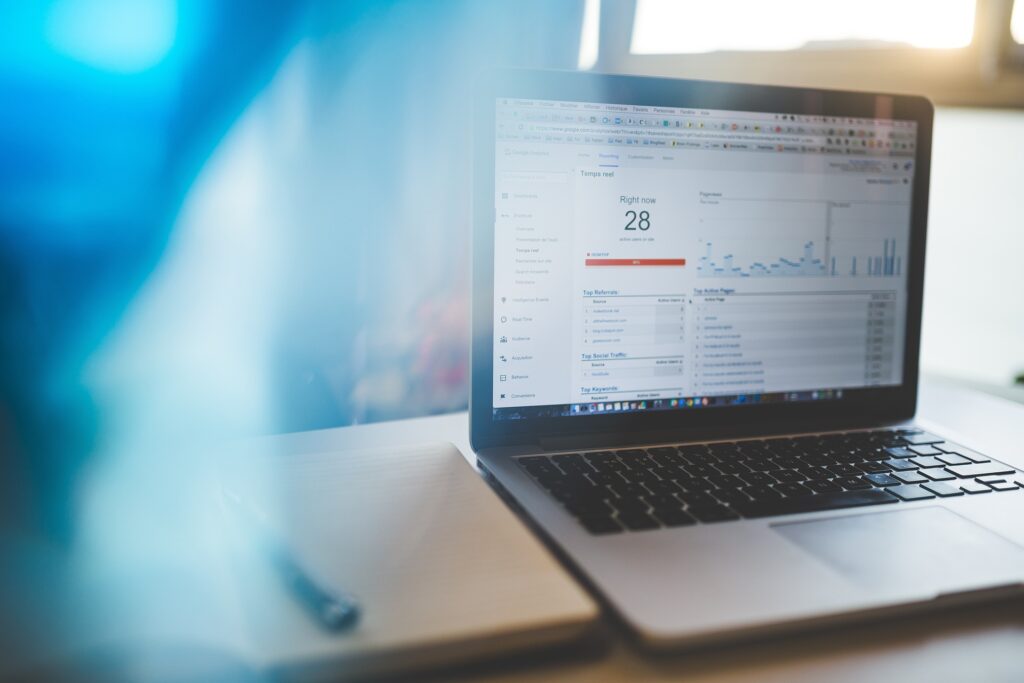
Measuring the number of visitors that complete a desired action on your site is generally referred to as a conversion.
Understanding the conversion rate (website visits/number of conversions) of your website helps you to gauge the value of your website as well as the success of the numerous campaigns that are driving traffic to your site.
However, this approach is fundamentally flawed in that it only provides a basic top-level view providing no benefit or insight to business owners.
It was much like a manager knowing exactly how many workers he was managing, but having no idea what they were doing day to day and unable to measure the quality of their work.
As a business owner you need more insightful data and soon understood the only way to improve your website was to understand exactly what users were doing.
Macro conversions are the main conversion goal of your website – the goal action that is most closely tied to revenue.
To understand your conversions is to think of micro conversions are business-supporting conversions, and macro conversions are business-driving conversions.
So if you’re running an eCommerce site, a macro-conversion would be a completed order.
If you’re doing lead generation for sales, then a completed lead form would be a macro conversion.
SaaS: A free trial sign-up, as well as a paid upgrade, would be macro conversions.
Your macro conversions all tie directly to the revenue.
Macro conversions are the ultimate goal of your website.
In most cases, macro conversions are transactional. Purchasing a product, subscribing to a service, requesting a consultation, or signing up for a free trial would all fall into the macro category.
Your micro conversions help map the steps or journey a customer takes and this will enable you to improve your sales funnels, customer journey and ultimately results.

This included measuring things such as how long users spend on site/pages, what pages they visit and also bounce rates for example.
Understanding that macro is not the only type of conversion to happen on your website introduces a whole new element to analysing your website data.
Measuring micro conversions opens up the amount of potentially meaningful data you have at your resource meaning that more insights are likely to be found.
Micro conversions as a single entity may well be smaller than a single macro conversion, however clubbing your micro conversions together with your macro conversions will be more valuable to you than a single macro conversion.
The first step to achieving a broader look at your website data is to define what macro and micro conversions are present on your website.
The only way you can truly do this efficiently is to look at your website and look at the key engagements and interactions users can partake in.
This could bring up a whole range of things such as a completed sale, social sharing or newsletter signups for example. You can also include engagement metrics such as users who have visited more than five pages or users who have spent more than five minutes on your site.
Once you have all of these engagements and interactions you must then define which of them are macro and which are micro.
It is then essential at this point to make sure you are measuring each and every one of these conversions using goals or events.
The revenue or value of your macro conversion is usually obvious and will be available in the form of revenue generated or can be easily calculated if it is a lead generation conversion.

Micro Conversion Outcomes
1. Email Newsletter
All websites across every industry should have an email opt-in form on the site. From small personal websites to international eCommerce brands and everything in between, everyone needs to leverage email marketing.
A website visitor subscribing to your email list is a huge win for your business. This micro conversion is the ultimate way to nurture that lead.
2. Blog Comments
Don’t underestimate the value of a blog comment. While it may not be as impactful as an email opt-in, someone who comments on your blog posts is genuinely interested in engaging with your brand.
Think about the process someone goes through before commenting on an article.
First, they have to land on your post. Whether they found your blog through an organic search, navigating directly to your website, or found it on social media, the visitor had to take one initial step to land on your site.
Next, the visitor has to actually read and retain your content, which is huge. Think about how often you land on an article, skim it quickly, and just leave. Someone who does that won’t take the time to comment on anything.
A person who comments on your blog might agree with what you’re saying, disagree with you, or just want to share their own thoughts and opinion. Whatever the reason might be, they are interested enough to engage with a comment.
This micro conversion entices visitors to come back to your site in the future. Maybe they want to continue having a discussion in the comments or share their opinion on another post.
Regardless of the reason, you’ll have a greater chance of getting a macro conversion from someone who is constantly coming back to your website. So do your best to encourage comments on all of your posts. Respond to comments and push for the conversation to continue.
3. Add to Cart
A website visitor can’t buy something until they add it to their shopping cart. This micro conversion is a requirement in the purchase process.
However, not every add-to-cart session ends with a sale.
But those abandoned carts aren’t a lost cause. These visitors are already familiar with your brand and have identified specific products that they’re interested in buying. You can get them to convert in the future.
Even if you don’t improve your transaction rate, just by increasing the number of sessions with an add-to-cart, you’ll ultimately increase your sales volume.
4. Sharing Content
Social sharing is another major micro conversion win. While the share itself doesn’t necessarily put money in your pocket, the impact of that share is priceless.
Content sharing is essentially free marketing for your website. Depending on how the person shares your content, it can be exposed to hundreds or even thousands of other people. As a result, it creates brand awareness for your company.
Sharing can come in all different shapes and sizes. It could be as simple as forwarding an email newsletter. Or maybe someone shared one of your social media posts with their followers.
In addition to posting highly shareable content on your distribution channels, you should also encourage sharing on your website. Make it as easy as possible for website visitors to complete this micro conversion. Simply add social sharing icons to your blog posts and content pages

5. Ebook Download
Consider offering a free ebook on your website in exchange for an email address. This essentially kills two birds with one stone.
On the one hand, you’re getting a new email subscriber, which is an important micro conversion that we’ve already discussed. But the ebook download itself is another micro-conversion on its own.
A person downloading an ebook is clearly interested in your industry. This download will provide them with more information about a particular topic or category.
6. Video Play
There are several different types of videos you can use in your marketing.
Examples include YouTube videos, landing page videos, or videos on product detail pages. In any case, they represent micro conversions that you’ll want to track.
7. Pages per Visit
How “sticky” is your website? You can measure that by looking at the number of pages people view per visit.
Visitors who bounce away after looking at just one page for a few seconds aren’t very engaged with your brand.
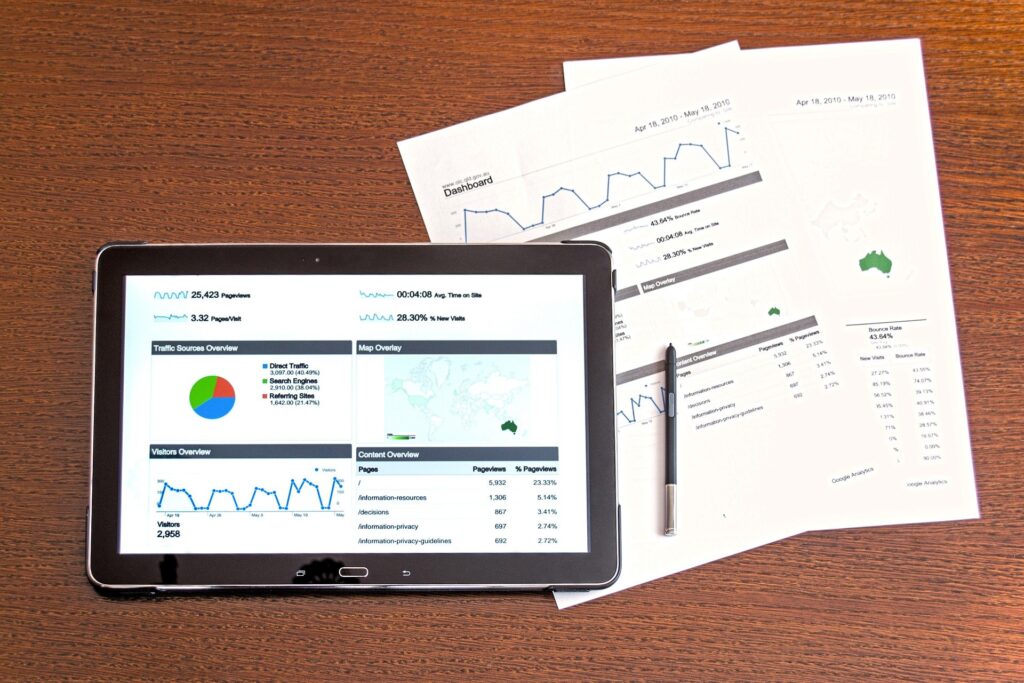
8. Time on Site
Another way to determine how much people appreciate what you’re offering online is to look at the amount of time they spend on the site.
The more time they browse around, the more likely they’ll become paying customers.
9. Dwell Time
It’s often the case that people will find your site as a result of a search query.
But how long do they spend on your website before returning to the search engine results pages (SERPs)? The answer to that question is your dwell time metric.
10 Landing on the Location Page
If you’re running a brick-and-mortar business, you’ll need a location page on your website.
People who visit that page are expressing an interest in your brand and taking a step that might result in a purchase.
11 Email Capture
Although people who volunteer their email addresses aren’t necessarily going to become customers, they do demonstrate some level of engagement.
They’re also great candidates for remarketing.
12 Click to See Directions
People who click to see directions are similar to the crowd who views your location page.
They’re interested in visiting your store.
13 File Downloads
You might offer documents on your website.
When people download those files, they’re telling you that they’re interested in your business.
14 Account Creation
Visitors who create an account on your website are very interested in doing business with you at some point in the future.
15 Click to Call
It’s convenient when people can call your business by just tapping once on a smartphone screen. It also shows that they’d like to become a customer.
16 Shop Now
If you’re running an eCommerce site, you almost certainly have a front page that highlights some of your hottest deals.
You’ve also got a “Shop Now” button that visitors can click to start going through your catalogue. You’ll want to track that micro conversion.

17 Checkout
When your visitors are done shopping, they’ll go through the beautiful process of surrendering some of their money to you.
The first step of that journey is when they click the “Checkout” button.
18 View Product Detail Page
Before people buy anything, they’ll want to view the product detail page.
That’s where they’ll see high-res images of the product, an enhanced description, customer reviews, and maybe even a video.
19 Add Product to Wishlist
Almost all eCommerce sites offer a “wishlist” feature.
That’s a list of products that a shopper wants to buy at some point in the future.
When customers add a product to a wishlist, they’re saying, “I’m interested, but not right now.”
20 Pricing Page Views
If you’re running an online service people will almost always check your pricing page before they sign on to your service.
That’s a micro conversion you should track.
It is important that you determine the macro and micro conversions for your website and begin to track them. Google Analytics and Google Tag Manager are the ideal places to start.
Remember though to only track and measure those that are critical to your business. You only have a certain amount of resources in your business and they need to be allocated to those activities that will improve your business.
Other Articles
5 Critical Insights Every Business Needs From Their Analytics
6 Critical Insights To Fixing A Poor Performing Sales Funnel

